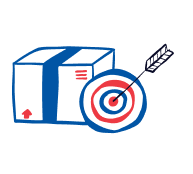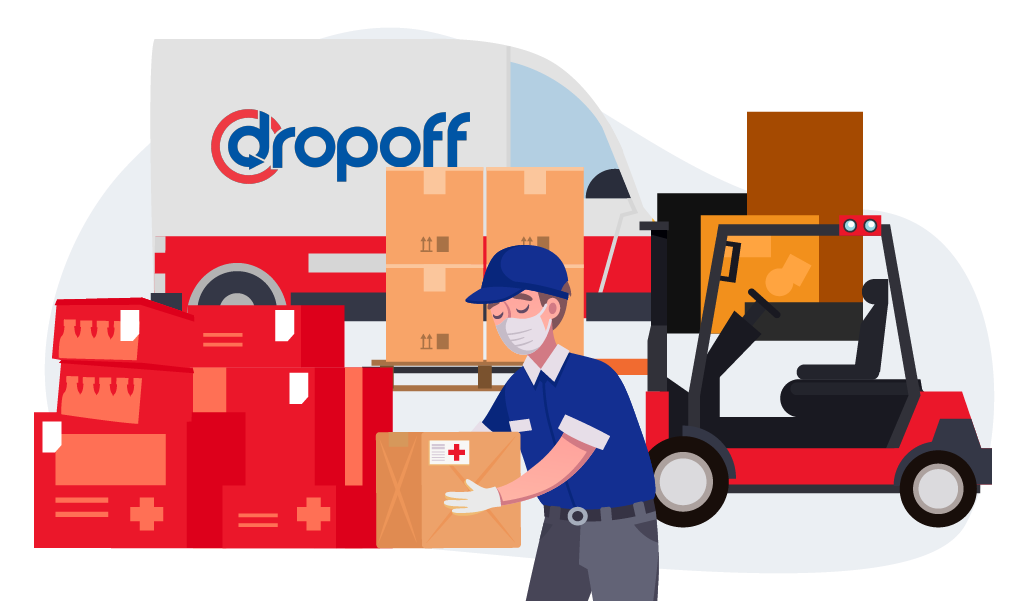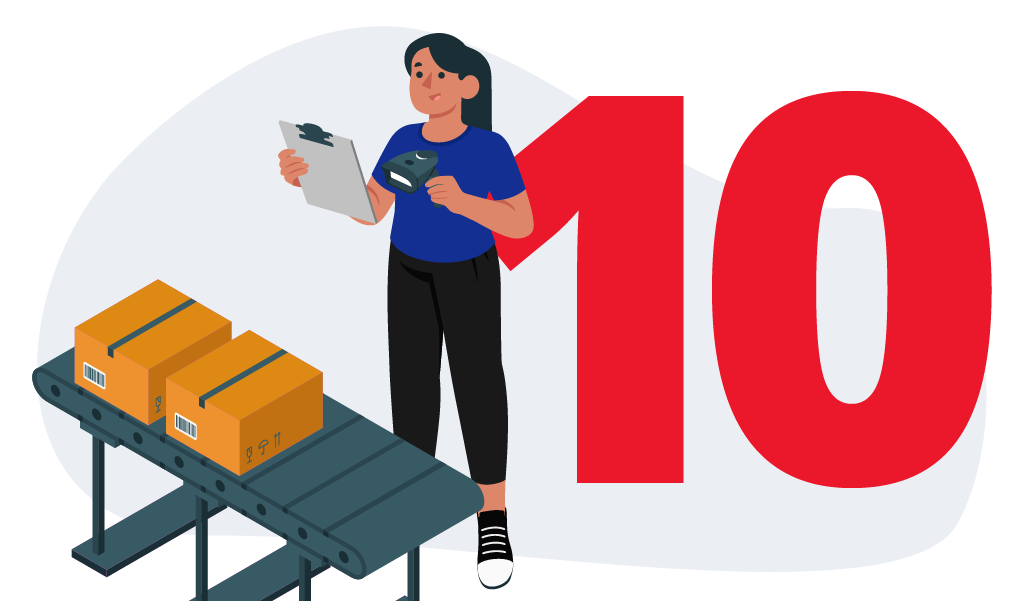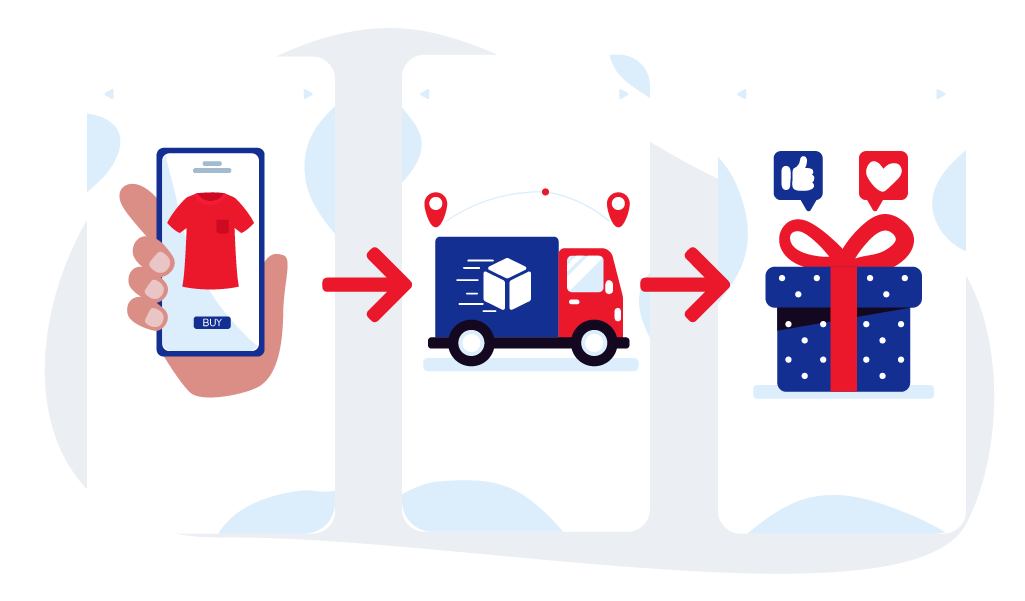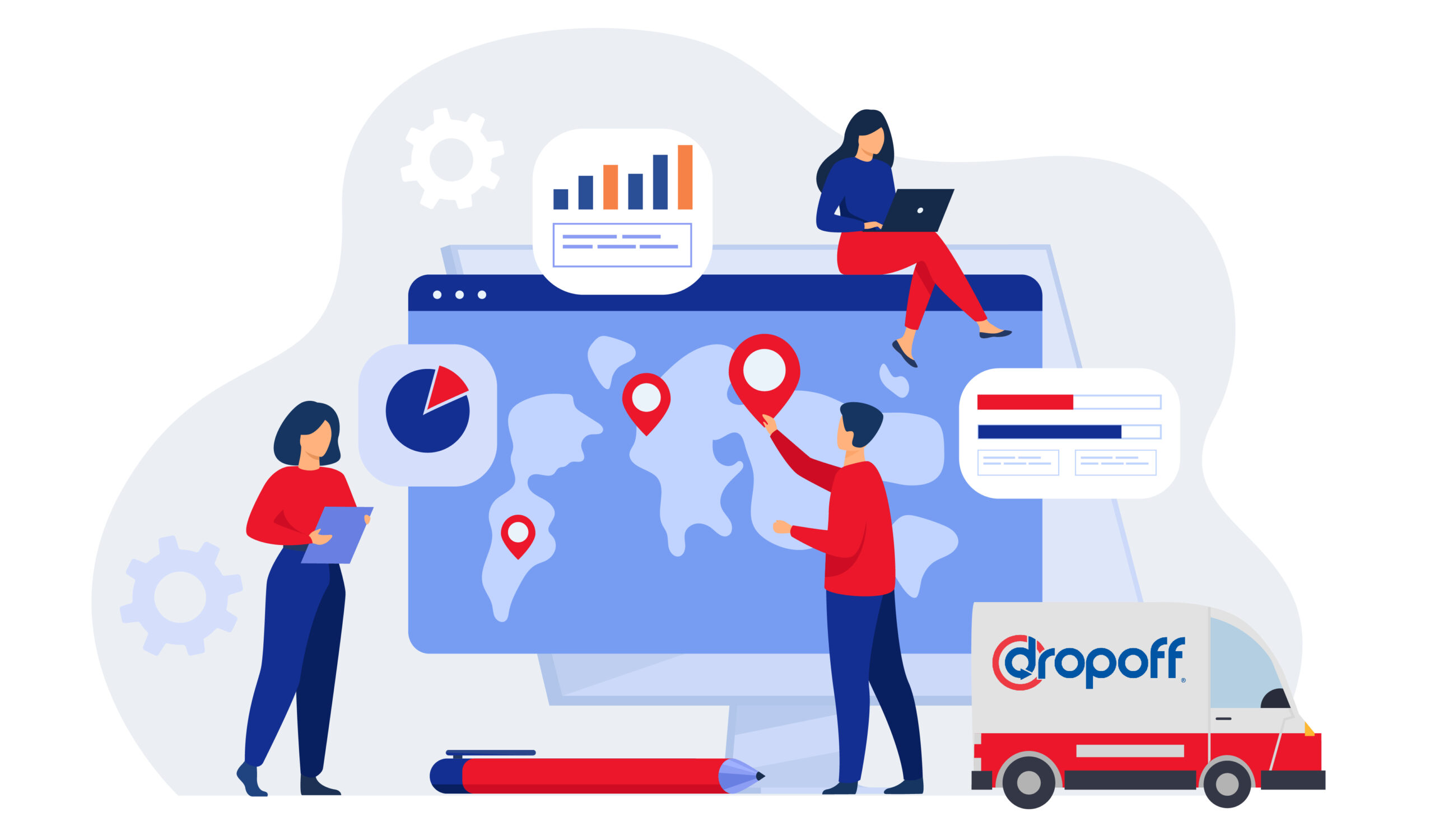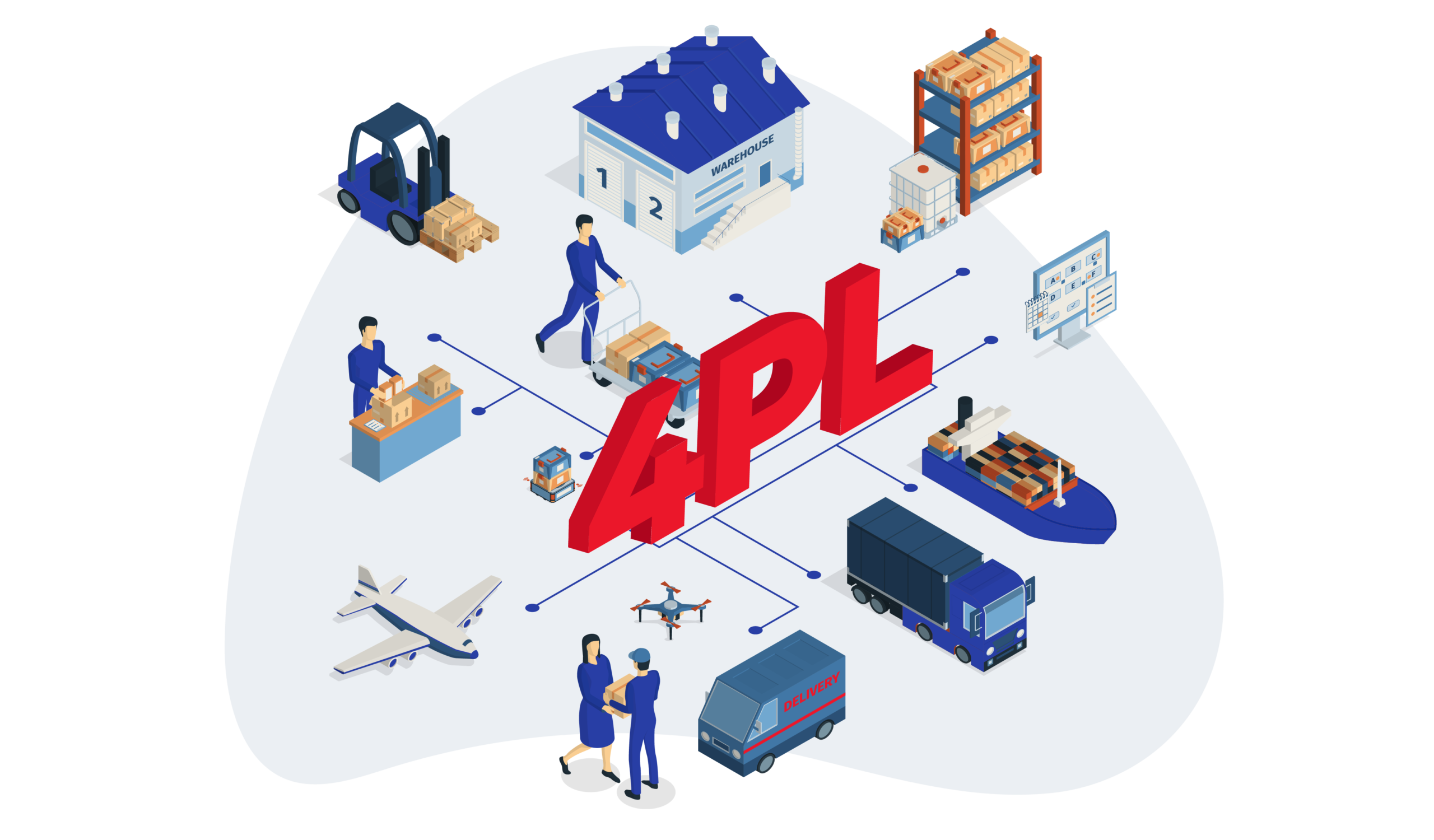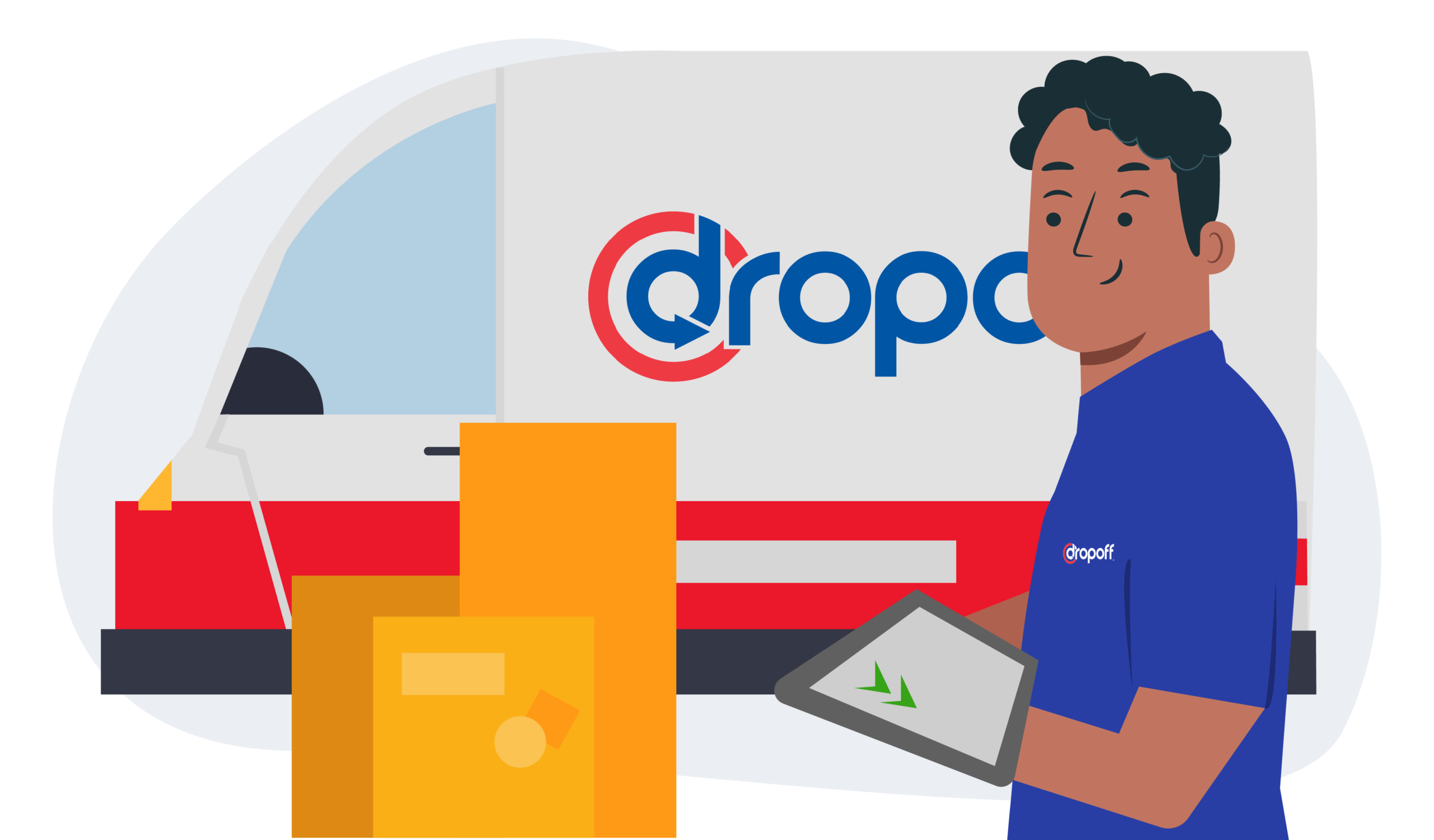Everything You Need To Know About Last-Mile Delivery Automation
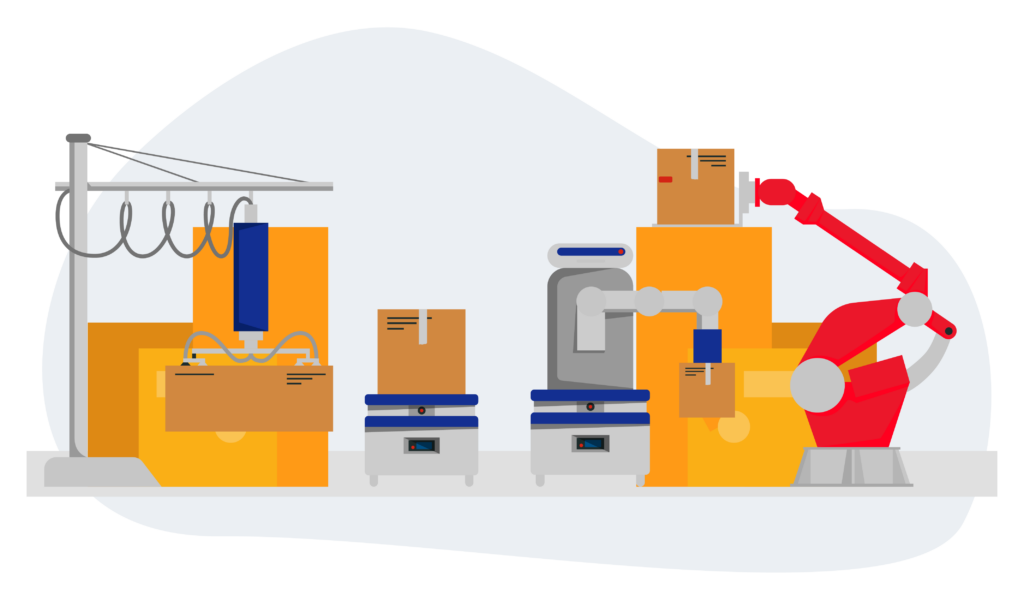
Almost every business needs to deliver goods or services to their customers. For smaller companies, this is as simple as making a few local deliveries. However, for larger businesses, last-mile delivery gets complicated and expensive. That’s where delivery automation comes in.
Here, you will find out what autonomous last-mile delivery is and how it will benefit your business.
What Is Last-Mile Delivery Automation?
Last-mile delivery automation uses technologies with portable, adjustable components that can be quickly rearranged or replaced. With these ever-changing technologies, eCommerce distribution and fulfillment centers operate effortlessly.
The Last Mile Challenge
The last mile is the process of sorting and delivering a parcel from a transportation hub to its final destination. It is often the most expensive and time-consuming part, but it’s also essential to satisfying customers.
Customers today want their orders delivered to them as soon as possible, without any errors, and at a low price. According to Shopify, one major trend emerging in e-commerce this year is online fulfillment as a business differentiator. Businesses need to step up their last-mile delivery processes, or they won’t survive against others in the market.
Check out our best tips on efficient delivery management!
Top 3 Benefits of Last-Mile Delivery Automation
Automated solutions, like robotic fulfillment and sorting, will save companies money on overhead costs while bringing in more revenue.
Companies should start looking into last-mile delivery automation for greater efficiency in their operations. Think about the use of robots and autonomous vehicles, which can operate continuously and reduce the risk of human error. This leads to reduced delivery times, lower costs, and increased profitability for businesses. Automation can also reduce the risk of accidents and reduce emissions and fuel consumption.
Neil Seth, Chief Technology Officer at Dropoff
Here are the top three benefits of automated last-mile fulfillment solutions:
1. Reduced Labor Costs
Automated solutions are often more efficient than traditional fulfillment methods that rely heavily on human labor – which are costly due to wage demands.
2. Higher Scalability
Automated solutions, especially robotic systems, make it easy to move, store, and scale. Unlike traditional solutions, these portable, modular systems can be switched out or added in almost instantly. Their “Lift and Shift” capabilities allow for easy transport and set up at other sites, allowing fulfillment centers to evolve their distribution better.
3. Optimized Setup
Robotic systems can be up and running in half the time it would take to implement traditional fixed-track solutions. These solutions also allow for easy expansion later, thanks to robots’ modular makeup and flexible infrastructure. With these efficiencies and savings, businesses can increase their return on investment (ROI) by up to 200%.
Overall, having a fully automated fulfillment solution will make your business stand out in the market.
Here’s everything you need to know about launching omnichannel third-party logistics in your business.
Should Your Business Implement Last-Mile Delivery Automation?
Ultimately, automated last-mile delivery aims to reduce costs and manual labor while increasing efficiency.
By automating your marketing communications, you will stay top-of-mind with your customers throughout the entire process, from purchase to delivery. Additionally, it helps you upsell or cross-sell products by sending personalized recommendations based on purchase history or browsing behavior.
As your business grows, your last-mile automation software must be able to scale along with it. If you don’t have a scalable system in place, you risk losing customers to competitors who do. A scalable solution will eliminate the need to upgrade or replace your system as your business expands constantly.
Top 5 Areas for Automation in Last-Mile Delivery
Large and small businesses are beginning to use the Internet of Things (IoT) in many ways, from warehouse management systems that use RFID chips for automated transportation tracking to reducing manual planning efforts.
However, if you don’t also automate your parcel delivery process, you won’t be able to get the total value out of these IoT advances.
Here are five essential areas for last-mile delivery automation.
1. Automated Dispatch and Route Optimization
The last mile can be very inefficient. The number of possible routes you can take becomes unmanageable, even if you only have a few stops. Then, you have to consider traffic conditions, how the drive time changes with different vehicle types, loads, and drivers, customer tiers and delivery preferences, and more.
In other words, trying to route your deliveries yourself will take hours upon hours without finding the ideal routes in terms of time or cost-effectiveness.
Automation provides the ability to quickly calculate efficient routes and automatically dispatch drivers for those routes, saving time and optimizing costs. This would then improve performance in warehousing and other touchpoints by keeping stock moving at a faster pace.
Automation is just one of the many must-have features in last-mile delivery solutions.
2. Customer Communication and Notifications
It is crucial to keep your customers updated on the status of their orders, from when you have received them in stock to when their parcel has arrived at their doorstep. That way, it’s easier to manage the workload of your customer support team and other employees.
End customers who don’t know when their parcels will arrive are more likely to call customer support for updated information or with general concerns about their packages. This not only takes up time and resources but will also take away from more value-added tasks.
If you send clear notifications to your customers at each stage of their parcel journey, you will reduce the number of customer support calls and manual outbound notification efforts.
You need to be mindful of the customer’s delivery notification experience from start to finish. Things to consider include which steps they should receive an update on, how to redirect those who still require assistance, delivery tracking, and more.
3. Invoicing and Driver Settlements
One of the reasons that last-mile costs add up so quickly is that labor is not cheap. You must pay the truck and van drivers (or the carriers) who transport your goods from the distribution center to the customer’s doorstep.
Although somewhat obvious, it often goes unnoticed how costly it is to process those payments. Even after successful delivery, someone in accounting has to track down each driver and confirm the settlement amount.
The process becomes more extended when deliveries don’t go as planned or drivers need to add charges or credits depending on the day of delivery. This needs significant manual labor, and it is susceptible to errors.
A huge percentage of freight is invoiced with errors, and driver and carrier settlement rates are probably just as bad. If you can use automation to gather delivery data from drives, your settlements will automatically be generated based on your unique payment rules. The result? Improved cash flow, fewer mistakes, and less time spent processing invoices by your team.
Moreover, a comprehensive approach to parcel delivery that covers the entire fulfillment process will result in a competitive edge.
4. Truck Technology
If a new less-than-truckload (LTL) carrier is attempting last-mile delivery, you must choose whether to use your present trucks for the job or cross-dock at a small delivery truck facility. Cross docking means transferring freight between vehicles while parked at the loading dock without taking it into the warehouse first.
To unload large items, LTL trucks need upgraded technology, like electrically operated lift gates, to raise and lower freight to ground level. This feature is not generally necessary for trucks unloading at docks.
5. Delivery Scheduling
The most common reason a delivery needs to be scheduled with a customer is when a large item has to be delivered inside the residence. Data must then be exchanged between three different parties who do not regularly communicate: the shipper, the carrier who delivers it, and the customer.
94% of customers will hold the shipper accountable for a poor delivery experience, regardless if it was out of their control. This causes customers to lose faith in the company and increases delivery times and shipping costs.
Automated Last-Mile Delivery in Different Industries
Automated Last-Mile Deliveries in the Retail Industry
The last mile has long been a problem for online businesses, with big companies having already found solutions. These large businesses have automation in their delivery process and utilize their fleet of drivers or national carriers.
Smaller businesses usually don’t have these resources and resort to hiring local services to keep up. Automation evens the playing field by providing an affordable solution for all business sizes.
Here are three ways automating last-mile deliveries in the retail industry have proved to be successful with many online businesses.
1. Accepts eCommerce deliveries and fulfills deliveries easily
If you’re starting your business or hoping to try out local delivery software with slight pressure, select workflows that join Google Forms or Typeform entries to a delivery app.
For instance, as soon as a customer orders from your Typeform, that entry will automatically trigger an order in the delivery app to complete the delivery.
2. Provides an end-to-end system for established eCommerce businesses
You can connect your eCommerce platforms, such as Shopify, Squarespace, or WooCommerce, to a delivery app for a more automated workflow. When someone orders from your store, it automatically creates a new order in the delivery software.
3. Provides a simple sales process for businesses that invoice customers for large orders
If you’re in the business of selling big-ticket items, your sales process may look different. Instead of having customers order and pay for an item on your eCommerce platform, you may ask them to contact you or your sales team for a quote. Then, once the order is complete, you will send them an invoice. In this instance, the billing system should be able to integrate with delivery software.
Automated Last-Mile Deliveries in the Manufacturing Industry
If you walk through any manufacturing facility, it’s clear that automation has taken over many simple and complex tasks. Nearly every product we use in our everyday lives has, at one point, been touched by automated machinery.
Most automation in production workplaces is for making things easier and faster. For instance, robotics that acts like an assembly line to paint, weld, machine, etc., or hard automation, which fills containers with products such as food or beverages, then labels and packages them.
These days, more and more businesses are choosing to manufacture closer to their customers. The motive for this change could be anything from desiring improved quality control or customer service to wanting to reduce transportation costs.
Automated Last-Mile Deliveries in the Healthcare Industry
Automating the last mile of medical deliveries can help ensure efficiency and timeliness. Route optimization, driver matching, and product handling monitoring are a few ways this automation can improve delivery services overall.
Some important areas to automate in the last mile for medical deliveries are:
1. Automated Route Optimization
Automated routing solutions make finding the best driver for each medical delivery easy, factoring in availability, location, and hours of service (HOS), among other things. This is helpful because on-demand deliveries are difficult to handle without the right tool, as well as matching the right drivers to specific patients or service types.
Automation also guarantees that the precise car is designated for the correct jobs. For example, tasks involving pharmaceuticals that need cold storage will be paired with the refrigerated delivery vehicle.
While we’re on the topic of optimization, here’s a quick 10-minute read on logistics optimization!
2. Digital Proof of Delivery
An automated platform should allow drivers to capture proof of delivery digitally, which will then be sent directly to the company using an app. Customers should also be able to provide feedback regarding their delivery experience instantly.
The Future of Last-Mile Automation: What to Expect
The following three trends will give customers an idea of where last-mile automation will be in a few years.
1. Driverless Vehicles
Recently, FedEx announced a partnership with Nuro, an autonomous vehicle maker, to incorporate driverless vehicles into their company. This partnership will be a multi-year effort designed to test Nuro’s next-gen autonomous vehicle technology for deliveries in Houston, Texas. This operation aims to incorporate robotics and automation into FedEx’s last-mile strategy continuously.
2. Robots
This year, Chartwells Higher Education teamed up with Starship Technologies to bring autonomous food delivery to the University of Nevada’s Reno campus. We should expect these small but efficient delivery robots to become a staple on college campuses across the country within the next few years.
3. Drones
Lastly, no automated last-mile delivery solution is complete without delivery drones. One of the most prominent leaders in the industry is Flytrex, who, after getting approval from the Federal Aviation Administration, expanded their delivery program in Fayetteville, North Carolina.
The company made itself available to local and national retailers as large as Walmart and is currently able to make deliveries to homes within a mile of these businesses.
How Dropoff Can Help with Last-Mile Deliveries
Dropoff partners with local businesses to fulfill orders using last-mile fulfillment centers located near high-traffic areas in major metropolitan areas, perfect for handling large volumes of deliveries.
Our partnership with last-mile fulfillment centers offers our customers a reliable delivery experience. Plus, our team of expert couriers makes the autonomous last-mile delivery process simpler for you so that you can focus on what you do best.
Talk with a Dropoff expert if you’re looking for a partner to help manage your last-mile delivery processes.
